Sri Lanka is one of the top gem bearing countries in the world with the highest density of gems in the world and is a global sourcing destination for over 75 varieties of precious and semi-precious gemstones.
| Ruby | Spinel | Amethyst |
| Sapphire | Garnet | Rose Quartz |
| Aquamarine | Tourmaline | Agate |
| Cymophane | Topaz | Citrine |
| Alexandrite | Zircon | Moonstone |
A large majority of gem deposits found in Sri Lanka are sedimentary in nature. More than 90% of the island is made up of Precambrian metamorphic rocks and can be divided into four major divisions:
Over the past few million years, intense weather and rapid erosion have given rise to thick and extensive accumulations of sediments in the flood plains of rivers, in lakes, and in now-buried river channels in the Highland complex. It is within these weathering products that significant secondary-alluvial-gem deposits are collected. Except for a few alluvial occurrences in the Eastern Vijayan Complex, virtually all Sri Lankan gem deposits have been found within the Highland and to a lesser extent Southwest Groups.
Today. large expanses of alluvial deposits have been extensively mined in the main Ratnapura and Elahera gem fields in Sri Lanka, where a majority of coloured gemstones are found.
While there are 200 types of mineral found across the world, Sri Lanka is home to nearly 75 varieties of coloured and colourless gemstones belonging to ten main species.
The corundum family of gemstones consist of some of the most valuable and popular gemstones including ruby and sapphire. Compact, dense, and lacking gemstone cleavage corundums are also the second hardest natural mineral after diamond. These factors make both varieties of corundum some of the most highly desired jewellery stones. Ruby is the red variety of corundum. All other colours of corundum, including colourless corundum, are called sapphires. Gems belonging to corundum species can display asterism and chatoyancy due to the presence of oriented mineral inclusions, and in some cases, a change of colour when viewed under different light sources.

Considered to be the most valuable gemstone variety in the Corundum mineral species, the distinct red in Ruby is caused by the presence of chromium. The colour spectrum of Rubies found across the world varies from orange-red to purplish red. Colour is the most significant factor affecting a ruby’s value: Fine gems are a pure, vibrant red to slightly purplish red.
Most Sri Lankan Ruby varieties are of a pinkish red and display a tint of purple, caused by the presence of iron in addition to chromium oxide, which is unique to its Sri Lankan origin. Ruby deposits in Sri Lanka are not distinctively localized and are found in the same mine with other gemstones of the Corundum family while the stones of better quality have been often found within the Embilipitiya – Udawalawe area.

Although blue is the colour most widely identified with sapphires, the colour of sapphire can range from blue to violet, green, yellow, orange, pink, purple, and intermediate hues known as fancy sapphires.
Sri Lanka is the top source of finest Ceylon Sapphires to the global market and exports Ceylon Blue Sapphire, Padparadscha, star sapphires, and range of fancy sapphires to the global gem markets.
In addition to their ornamental purposes, sapphires are also used in purely functional applications, such as infrared optical components, high-durability windows, wristwatch crystals and movement bearings, and very thin electronic wafers, which are used as the insulating substrates of special-purpose solid-state electronics such as integrated circuits and GaN-based blue LEDs.
The Beryl family of gemstones include some of the most popular and expensive gemstones in the world including Emeralds and Aquamarines. While Red Beryls are some of the rarest and most expensive gemstones in the world, chemically pure beryl is colourless and the presence of trace elements causes green, blue, pink, red and yellow colours.
The most important gemstone of the Beryl family is Green Emerald, coloured by the presence of chromium or vanadium while the blue colour in Aquamarine is caused by the presence of Iron.
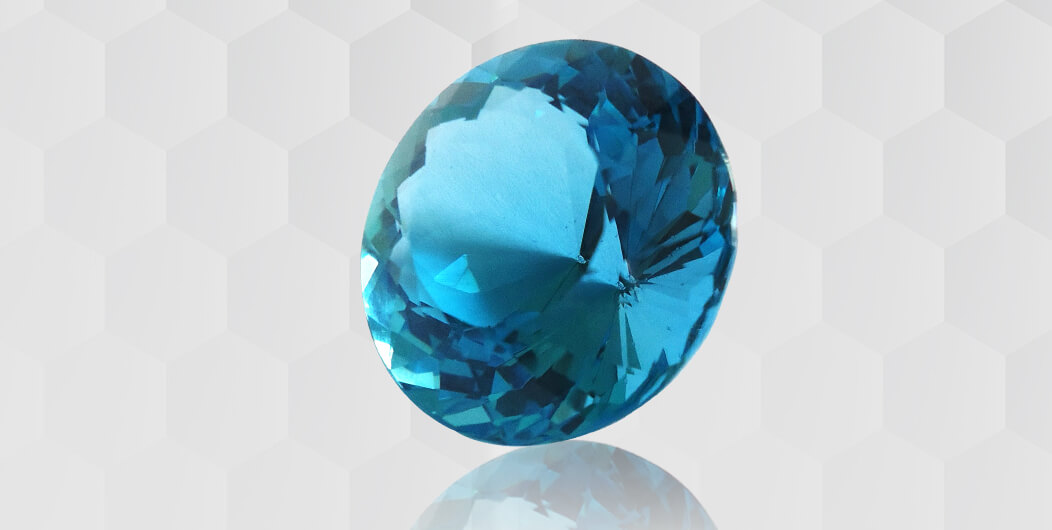
Found in green-blue to blue colour variations, aquamarine crystals get the blue tone due to the presence of iron within the crystal. They are comparatively large and well-formed and the depth of sea blue colour is most intense in large specimens while the colour in smaller stones is comparatively lighter. Unlike other coloured gemstones, aquamarine’s value comes primarily from its tone rather than the hue and saturation and stones with darker tone are highly-priced and sought after.
Often found completely flawless, aquamarine has been found in Rathnapura, Rakwana, Morawaka, Hatton, Nawalapitiya, Galle, Matara, Tissamaharama and Lunugamwehera in Sri Lanka.
Although the common term ‘Cat’s Eye’ is used on different mineral species, the most popular Cat’s Eye is the rare gemstones belonging to the Chrysoberyl family. Yet not all Chrysoberyls display this unique chatoyancy effect. While transparent to translucent Chrysoberyls without a chatoyancy effect is quite common in Sri Lanka, Chatoyant chrysoberyls are cut into cabochons to best display their spectacular eyes and are much sought after in the local and global market. The Chrysoberyl species of gemstones include two types namely Cymophane and Alexandrite.
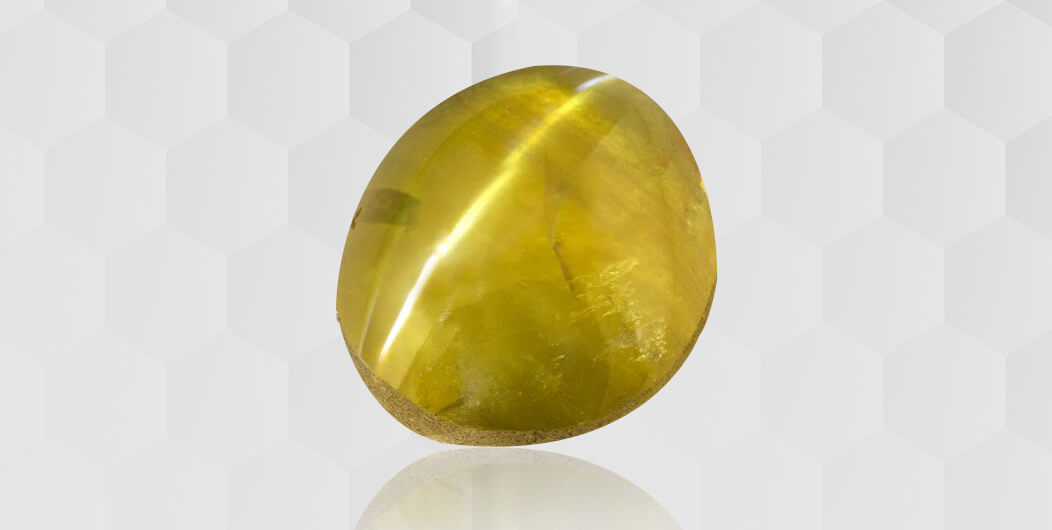
A variety of chrysoberyls displaying chatoyancy caused by the light reflecting from inclusions of tiny parallel needles or hollow tubes, cymophane are commonly known as cat’s eye.
Chrysoberyl occurs in varying degrees of transparency ranging from transparent and clear to cloudy translucent and opaque. Widely distributed within the main gem producing regions of this country and mostly localized around Rakwana, Bulutota, Deniyaya, Morawaka, Elahera, Avissawella, Pelawatte, Horana, Matugama, Panadura, Rathnapura, Aluthgama, Ambalantota, Agalawaththa, Bulathsinghala, Kalapugama and Mestiya, the colour of Cymophane or Cat’s Eye differ from semi-transparent golden-yellow to slightly greenish-yellow or brownish-yellow colour.
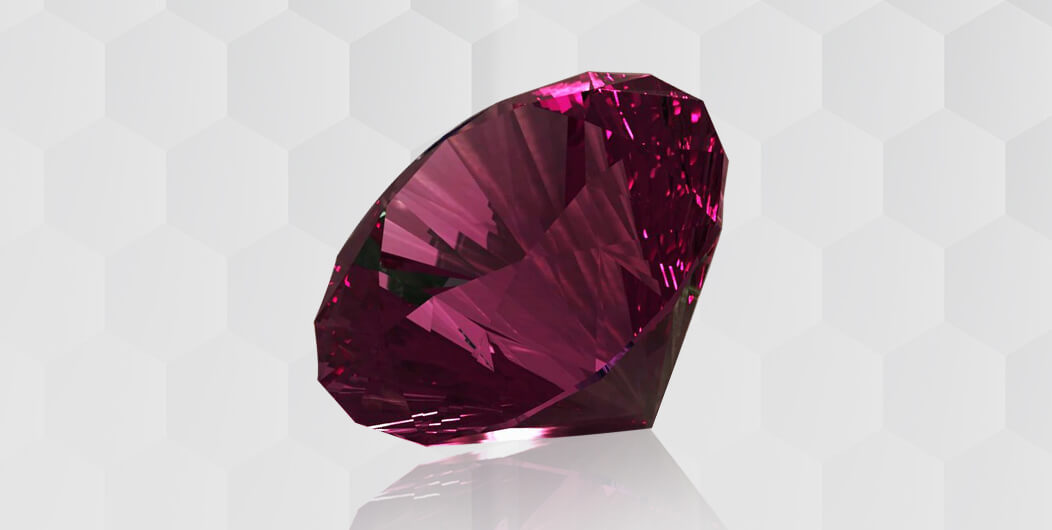
Fondly known as an ‘Emerald by Day and a Ruby by Night’, Alexandrite is a type of Chrysoberyl that is rare yet abundantly found in Sri Lanka. Their ability to shift colours from red to green when viewed under different light sources makes Alexandrite a highly sought after gemstone in the global market. A strongly pleochroic gem, which displays different colours when viewed from different directions, the three pleochroic colours of Alexandrite are green, orange, and purple-red.
However, the gem's colour change doesn’t arise from the gem’s pleochroism, but from the mineral’s unusual light-absorbing properties. Although most Alexandrites found in Sri Lanka can be faceted, there is an occasional occurrence of colour changing alexandrite cat’s eye.
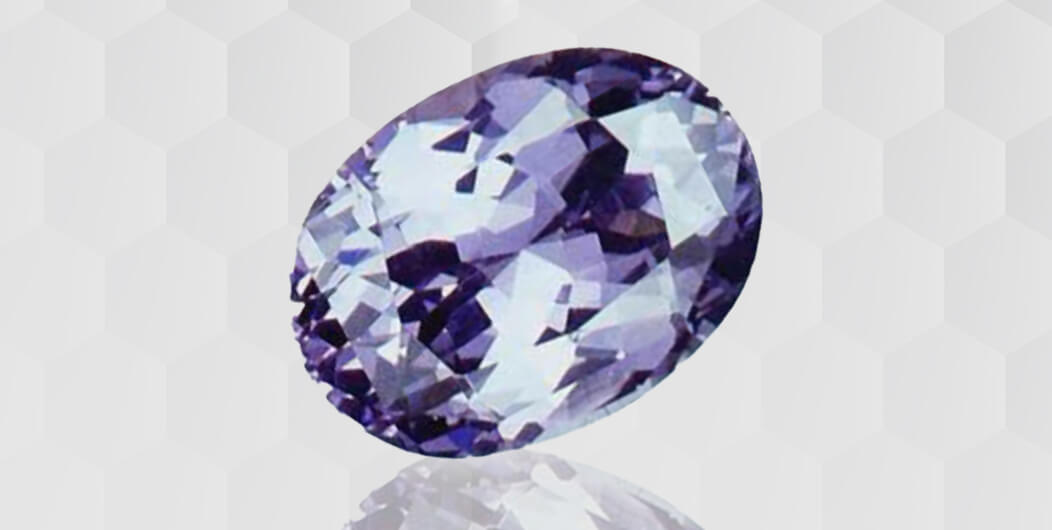
Abundant, attractive, affordable and colourful spinels are available in red, pink and blue colour and can occasionally exhibit asterism and chatoyancy. Spinel is a gemstone found in great abundance in Sri Lanka and until the rise of modern gemology in the 19th and 20th Century spinels were often mistakenly identified as Corundums, as they were mostly found in the same mine. Subsequent research into the mineral composition of these two gem families led to their separation and many gem enthusiasts finding that their beloved rubies and sapphires are in fact spinels.
Natural spinel, however, has always been a rare and beautiful gem. Sri Lanka is the second largest supplier of spinel to the global gem and jewellery market with colours ranging from ruby red, pink, orange, shades of reddish-brown, purple, blue, bluish-green, mauve, greenish-black, black to colourless. The occurrence of natural blue spinel coloured by cobalt has been found in Sri Lanka. Cobalt spinel has been found around Ratnapura, Okkampitiya and Embilipitiya. Apart from the common varieties of spinel are also varieties identified as Ceylonite, Gahnite and Ghanospinel.

Gemstones belonging to the family of Garnet occur in a multitude of colours except for blue and are available in several varieties including almandine, andradite, grossular, pyrope, spessartine and uvarovite. With the exception of andradite and uvarovite, all the other types of Garnets are available in Sri Lanka, with some displaying asterism, chatoyancy and a colour change when viewed under different types of lighting.
All garnets have essentially the same crystal structure, but they vary in chemical composition. There are more than twenty garnet categories, called species, but only five are commercially important as gems. Garnet types found in Sri Lanka with commercial value include;

Available in all the colours of the rainbow, Tourmaline also has a very complex mineral composition, which is the main reason behind their rich colour composition. Gemstones from Sri Lanka belonging to the Tourmaline species differ from yellowish-green to bright green.
One of the most important gem Tourmalines found in Sri Lanka are mixtures of Dravite and Uvite. Often brown, yellowish-brown, reddish-brown, or nearly black in colour, these species contain traces of vanadium, chromium, or both. When present in the right concentrations, these impurities produce rich green hues similar to tsavorite garnet.
While Uvite is rich in calcium, magnesium, and aluminium and Dravite is rich in sodium, magnesium, and aluminium; both forms within limestone that have been altered by heat and pressure and are fondly known as Savanna Tourmaline by gem dealers and merchants.
Most of the brown and yellowish-brown varieties are located mainly around Uva, Ratnapura and Tissamaharama regions in Sri Lanka while Lunugala, Bibile, Passara, Nilgala region, Horana, Matugama, Pelawatte, Morawaka, Deniyaya, Rakwana areas in the country also produce impressive specimens.

A versatile species of gemstones, Topazes are available in a variety of colours and colourless forms. Often identified by the hue name, such as pink or blue topaz, some of the most expensive and rare topaz have commercial names given to them. The high values red and pink stones are known as Imperial Topaz while the terms Precious Topaz or Sherry Topaz refers to stones with a rich yellow to a medium, peachy orange colour.

A popular substitute for diamond around the world, Zircon is colourless in its chemically purest form. Mostly found in Matara Sri Lanka, colourless zircons are also known as Matara Zircon or Matara Diamonds. Colourless zircon found in Sri Lanka is celebrated for its brilliance and flashes of multicoloured light, called fire. Meanwhile, zircon is also typically found in an array of colours from brown, red, blue, purple, and rarely green. Often confused by cubic zirconia, Zircon has high brilliance and dispersion.
Quartz is a large family of gemstones and occurs in many colours and varieties. In its purest form quartz is colourless but are available in a range of colours and forms including;

A purple variety of the mineral quartz, the finest amethyst colour is strong reddish-purple to purple with no visible colour zoning. Coloured by Iron, the shades of Amethyst occur in transparent pastel roses to deep purples. Like many other gemstones, the quality of Amethyst varies according to its source. The best varieties of amethyst can be found in Siberia, Sri Lanka, Brazil and the far East.
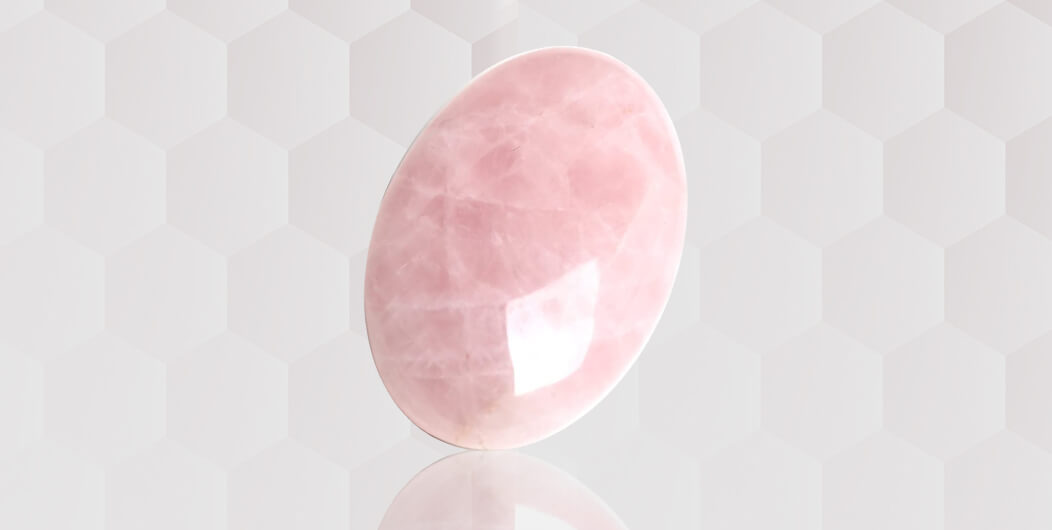
A delicate pink version of the mineral quartz, Rose Quartz features shades varying from very light to medium-dark pink. Always found in massive form sans the regular, flat crystal faces Rose Quartz is typically found in pegmatites, but also occurs in hydrothermal veins and owes its delicate pink colour to microscopic inclusions of aligned silicate mineral fibres. Sri Lanka is a leading source for fine quality rose quartz rocks.
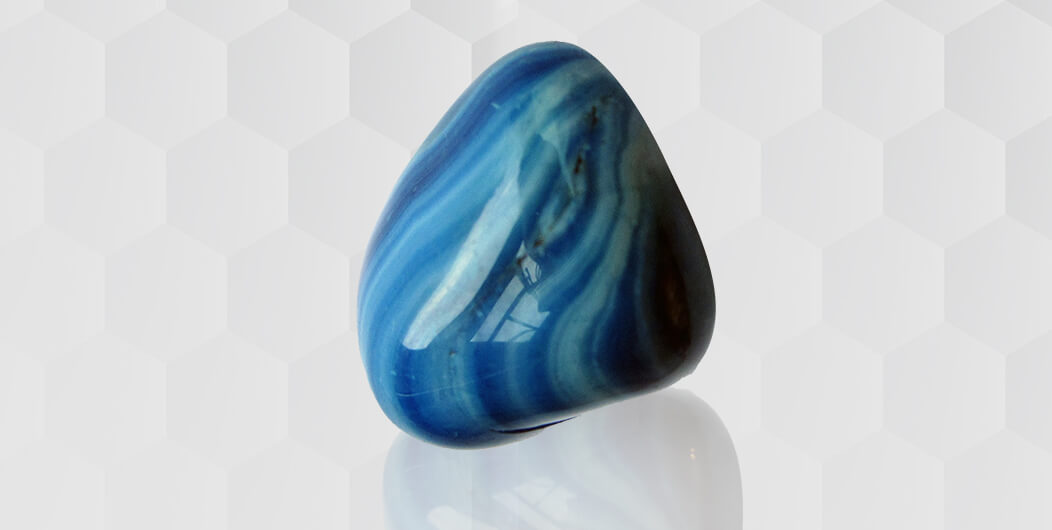
A translucent variety of microcrystalline quartz, Agate is a semi-precious chalcedony occurring in a wide range of colours including brown, white, red, grey, pink, black, and yellow. The colours are caused by traces of oxides of iron, manganese, titanium, chromium, nickel, and other elements and occur as alternating bands within the stone. Patterns of colour or moss-like inclusions may distinguish this stone from other forms of chalcedony, and Sri Lanka is popular for blue-tinted agate.
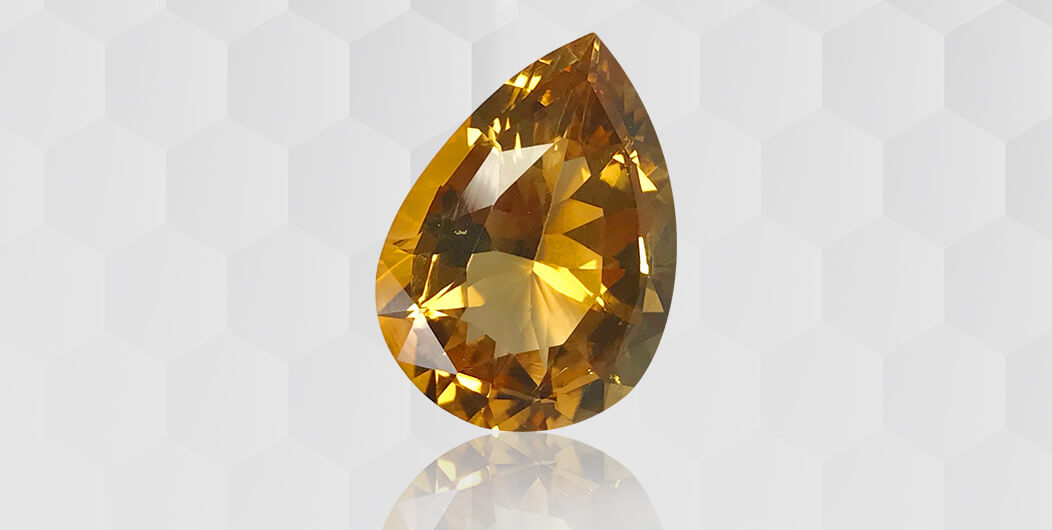
Rare in nature, Citrine is a transparent, pale yellow to brownish orange variety of quartz. One of the most popular and frequently purchased yellow gemstones, finest citrine gemstones have the colours of saturated yellow to reddish-orange free of brownish tints. Citrine crystals occur in Russia and in Madagascar a wide range of sizes and are readily available in nature while Sri Lanka exports irregular amethyst heat-treated into Citrine.
Feldspar is a silicate mineral that makes up over 50% of Earth’s crust. Feldspar minerals are used in many industries including manufacturing of a wide variety of glass and ceramic products and as fillers in paints, plastics and rubber. Several popular gemstones including Moonstone belong to the Feldspar mineral family
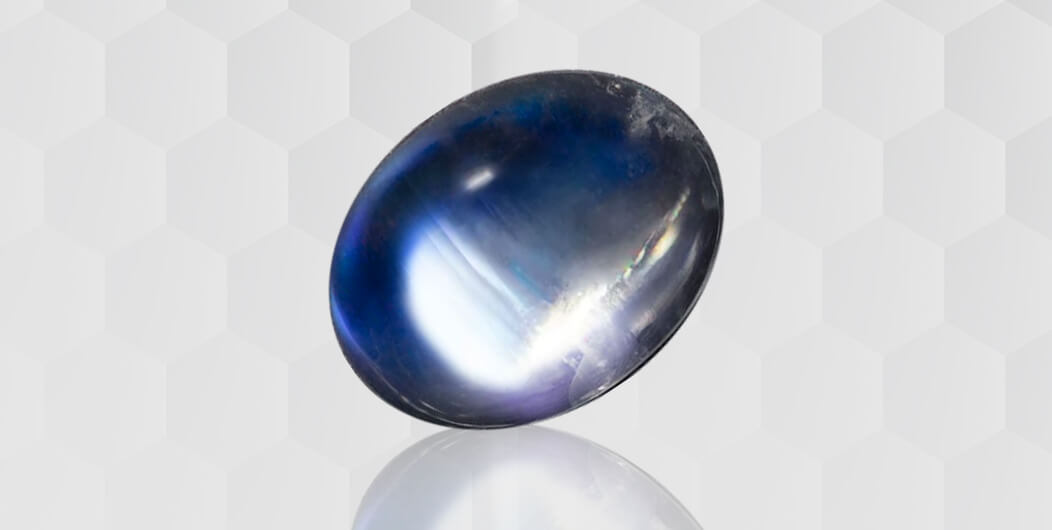
Moonstones are a precious stone belonging to the Feldspar class of minerals and are celebrated for its magical glow caused by adularescence. Meetiyagoda mines in Sri Lanka is the source of the world celebrated Blue Moonstones. Classical moonstones are always cut as cabochons.However, some Moonstones feature a cat's eye effect or a four-spoked star in addition to the typical undulating shimmer of light. These stones are not only cut as cabochons but also as artistic cameos or engraved with designs.